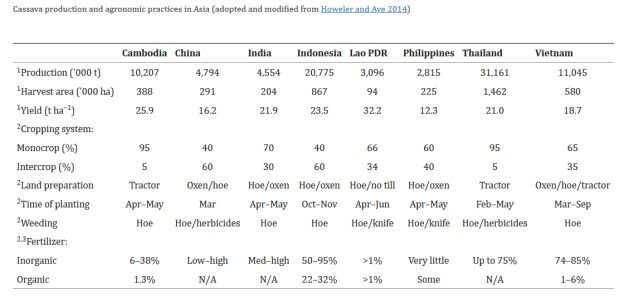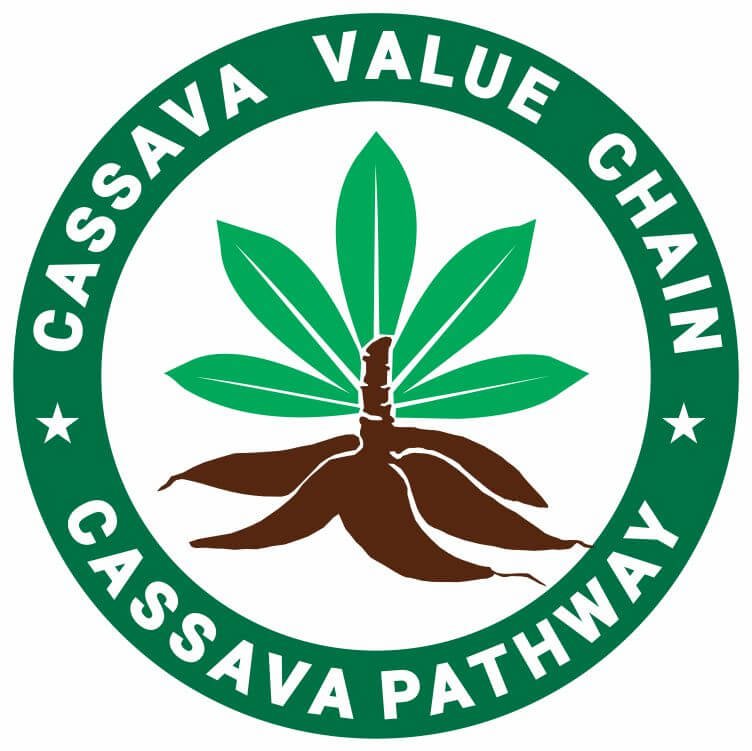Discover the latest advancements in cassava research and development.
From improving production techniques to developing efficient processing methods and discovering untapped applications, the ongoing research into cassava is driving advancements in food security, sustainability, and economic opportunities along the value chain of cassava.
Key Takeaways
- Research and development efforts for cassava are focused on improving yields, disease resistance, and processing techniques to enhance its productivity and marketability.
- Collaborative partnerships among researchers, farmers, and policymakers are essential for the successful implementation of cassava research and development projects.
- Adoption of innovative technologies and practices in cassava cultivation can lead to increased resilience of smallholder farmers and sustainable growth in the cassava industry.
Table of Contents
- Key Takeaways
- What is Cassava Research and Development?
- Importance of Research and Development in Improving Cassava Production
- Historical Background of Cassava Research and Development
- Advances in Biotechnology and Genetic Engineering
- Recent developments in cassava research
- Opportunities for Further Cassava Research and Development
- FAQs
- Final Words from Cassava Pathway
What is Cassava Research and Development?
Cassava research and development (R&D) is the study of cassava, to improve its yield, disease resistance, and nutritional value, and develop new processing methods to increase its industrial and food applications, contributing to food security, attracting investors, and economic growth.
Recommended: Benefits of Cassava
Importance of Research and Development in Improving Cassava Production
The importance of researching and developing cassava to make it more valuable are as follows:
1. Enhancing Yield and Quality
Researching on cassava helps develop high-yielding and disease-resistant cassava varieties, which increase the crop’s overall productivity and quality.
2. Improving Processing Technology
Research and development in the technology for processing cassava reduces labor-intensive operations, increases efficiency, and improves product quality.
3. Addressing Challenges
Cassava research and development addresses key challenges in the cassava value chain, such as pests and diseases, agronomic problems, and limited access to improved planting materials.
4. Capacity Building and Technology Transfer
Research initiatives, like the Cassava Community of Practice and Partnership (CoPP), strengthen national agricultural research systems (NARS) and facilitate the transfer of technologies and knowledge to local breeding programs.
5. Sustainable Agricultural Development
Also, research in cassava contributes to sustainable agricultural development by promoting the use of improved practices, such as mechanized processing and efficient extension delivery systems to make the cassava business attractive to entrepreneurs.
Historical Background of Cassava Research and Development

Early Efforts in Breeding and Cultivation
Cassava has been cultivated for centuries, with origins traced back to South America.
However, systematic research and development efforts on cassava began relatively recently.
Intensive cassava breeding research started after the establishment of the Central Tuber Crop Research Institute (CTCRI) in India in 1963.
The CTCRI built a rich cassava germplasm collection and began conducting research to improve cassava production.
In 1969, the International Center for Tropical Agriculture (CIAT) started building a cassava germplasm collection and in 1972, established its Cassava Program by assembling a multidisciplinary team to conduct both basic and applied research.
Later in 1983, CIAT established a regional cassava breeding cooperation program for Asia based in Thailand.
Conventional breeding techniques, such as the production of full-sib or half-sib progenies and mass selection, have been the main methods for cassava varietal development worldwide.
These efforts have had a strong impact on addressing the constraints faced by cassava growers.
Related: Cassava’s Potential in Livestock Feeds
Advances in Biotechnology and Genetic Engineering
In the past few decades, there have been advanced molecular breeding and phenomics which have proven to improve the cassava plant.
Researchers have used these new technologies to develop cassava varieties with desirable traits, such as disease resistance, low toxicity, improved nutritional value, and the quality of starch yielded.
The improvement has been able to increase the basic knowledge of cassava breeding, farming, nutrition and processing.
Recent developments in cassava research

Cassava has been the focus of extensive research efforts to improve its disease resistance, processing techniques, and nutritional value.
Recent advancements in cassava processing techniques, nutrition and disease resistance have improved the crop’s sustainability and the livelihoods of smallholder farmers and players along the value chain of cassava.
1. Introduction of Disease-Resistant Cassava Varieties
Breeding cassava varieties that are resistant to diseases is important for making sure the crop’s long-term viability is secured.
Recent research has led to the development of several improved varieties that can withstand major pests and diseases such as cassava mosaic disease (CMD), cassava bacterial blight (CBB), and cassava anthracnose disease (CAD).
These varieties have been developed through a combination of conventional breeding and marker-assisted breeding (MAS) techniques.
For instance, the National Root Crops Research Institute (NRCRI) in Nigeria has released 46 improved cassava varieties, including six beta carotene (Pro-Vitamin A) varieties, which have enhanced the crop’s nutritional value and disease resistance.
2. Use of Technology to Improve Cassava Processing Techniques
Cassava processing technology has been a significant area of focus in recent research.
Advances in biotechnology and genetic engineering have enabled the development of more efficient and cost-effective processing methods.
For example, the use of simple low-cost marker technology has been employed to pyramid useful genes for delayed post-harvest deterioration.
Additionally, genetic engineering has been used to reduce the likeliness of toxicity and improve the protein content of cassava roots.
3. Efforts to Increase Cassava’s Nutritional Value
Cassava is criticized because of its low protein value and micronutrients.
Recent research is geared towards improving the crop’s status on nutrition through genetic engineering and breeding.
For instance, the development of high-carotene and protein-based varieties has been a significant area of focus. These varieties have the potential to significantly improve the nutritional status of millions of people who rely on cassava as a staple food.
Opportunities for Further Cassava Research and Development
As we have seen, cassava research has made notable progress in developing improved varieties through conventional breeding techniques.
Cassava’s genetic makeup and long breeding cycles have limited varietal development, but the advent of genetic engineering and biotechnology promises new pathways for improved yield and quality.
This is achieved by the use of marker-assisted selection with genetics to develop new varieties that will improve the breeding process.
Expansion of Cassava Production into New Regions
Certainly, expanding cassava farming into other regions apart from the tropics will increase the attention it gets and prompt more research on the crop.
More research is of course needed to identify cassava variants that can adapt to different climates and environmental distress.
This will of course require intelligent collaboration involving all the players in the cassava value chain for customized development to specific needs.
Collaboration between Researchers, Farmers, and Policymakers
There is an opportunity for cassava research and development when researchers, farmers, and policymakers collaborate and exchange information, allowing its players to have basic or local knowledge and experience of manioc farmers.
This will help to identify needed support, technology and best practices.
For instance, the Cassava Community of Practice and Partnership (CoPP) has shown the need for such efforts hinging on the transfer and sharing of knowledge and technology for innovation and infusing it into the research agenda.
FAQs
What are the main objectives of cassava research and development?
Enhance cassava yield, quality, and nutritional value, as well as improve processing techniques and disease resistance.
How do genetic modifications contribute to cassava research and development?
Genetic modifications accelerate breeding processes, enabling the development of varieties with desirable traits like disease resistance and improved nutritional value.
What role do national agricultural research systems play in cassava research and development?
National agricultural research systems are key partners for sustainable cassava production, providing technical expertise and capacity building for local breeding programs.
How can cassava research and development contribute to food security and economic growth?
Cassava research and development can increase food security by improving crop yields and nutritional value, while also providing economic opportunities for smallholder farmers and contributing to regional economic growth.
Final Words from Cassava Pathway
Cassava research and development have made notable inroads in improving the yield, quality and nutritional status of the manioca plant.
Advancement in biotechnology and genetic have speeded up the process of cassava breeding to allow more room for the exploration of the crop’s full potentials.
Also, collaboration between the cassava value chain players will be a huge advantage for scaling up the innovations and the sustainability of the crop.
References:

